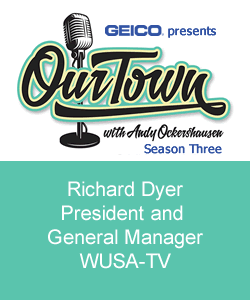


The filmography in the volume is a crucial component in this intervention, one of the first major attempts to assemble such a list. Gays and Film was a significant intervention in film studies it paved the way for much subsequent debate and theorisation about what a gay and lesbian cinema could – and should – be.

The volume ends with a substantial filmography, assembled by Dyer, that lists hundreds of titles. The film season ran throughout the month of July and was accompanied by seminars on stereotyping (Dyer), “the gay sensibility” (Jack Babuscio), and lesbian feminist perspectives (Caroline Sheldon) texts on these topics by the three contributors were assembled to form the main body of Dyer’s book. A still from Queen Christina (Mamoulian, 1933) adorned the cover. Richard Dyer’s short edited volume Gays and Film was first published by the British Film Institute in 1977, to accompany a series of films at the National Film Theatre (“Images of Homosexuality”) curated by Dyer. Simultaneously, in their inclusions and exclusions, they reveal judgements being made at the time of their assembly overtly and covertly, political debates are written through their content. Filmographies, a component of so many film studies texts, operate as valuable archives in their own right these alphabetical lists of titles serve as vital resources for scholars and cinephiles, gateways to lost or forgotten works, repositories of treasures (and horrors) to be plundered. Rather than look back at, say, Anthony Slide’s Nitrate Won’t Wait (1992) or Penelope Houston’s Keepers of the Frame (1994), I proposed a somewhat oblique approach: a brief essay on one book’s filmography. Towards the end of 2021, I was invited by the editors of Frames Cinema Journal to contribute a review of a canonical film studies book about archives – a retrospective revisitation (and possible revaluation) of a title of my choosing. Book: Gays and Film by Richard Dyer (BFI, 1977)


 0 kommentar(er)
0 kommentar(er)
